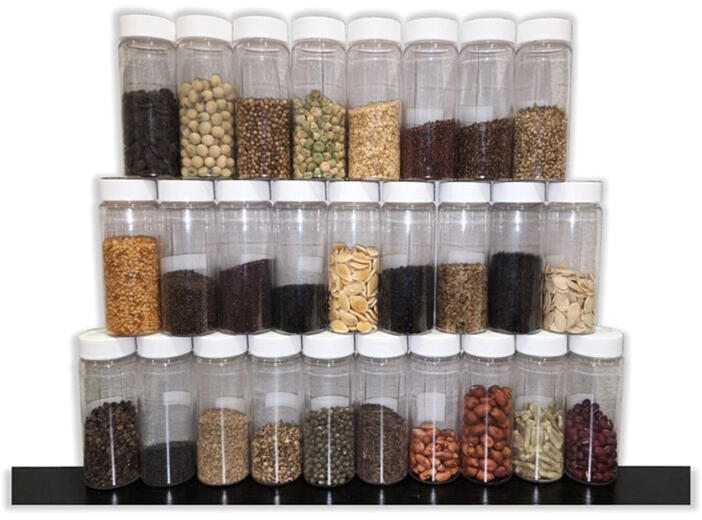Seeds of the vegetables that we eat every day are sorted before being sold to farmers and other buyers, but those that do not meet certain fixed standards are discarded without being used. If the eligibility of germination rate is set at 90%, seed lots with an eligibility rate of even 89% will be discarded. Due to this, it is believed that considerable seed loss occurs, but the actual situation is not clear. Assistant Professor Osamu Matsuda of the Faculty of Science at Kyushu University, in collaboration with Tokita Seed, has developed a new sorting technology that can precisely improve the eligibility rate of seeds of various crops. An AI model was made to learn the reflection spectra of near-infrared light, which is also known as the 'fingerprint information' of chemical components.
In collaboration with Sinfonia Technology, they are also working on the production of a sorting device that incorporates this technology; this is expected to contribute to sustainable food production, including seed loss reduction, through its practical application. Matsuda commented, "Seed sorting by near-infrared spectroscopy has been repeatedly reported to be possible in principle, but there have been no developmental studies showing that it is actually achievable. Now that we have shown that it is, we hope to eliminate seed loss." The results were published in PLOS ONE.

Provided by Kyushu University
In his past research, Matsuda devised a method to determine the germinability of seeds of conifers, Cryptomeria japonica and Chamaecyparis obtuse, which are used for afforestation. The method was based on the reflectance spectrum of near-infrared light at different wavelengths. The method was commercialized by Kyushu Keisokki through a device that can automatically select only germinating seeds. However, compared to forestry seeds, for which no legal quality standards have been established, seeds for crop production, which are sorted in advance in multiple steps based on several factors including grain size and specific gravity, show higher uniformity, which precludes determining the quality by 'human intuition' based on the general shape of the reflectance spectrum.
In this study, the research team trained an AI model on reflectance spectrum data and was able to demonstrate that a common procedure can be used to determine the germinability and genotype eligibility in eight varieties of six families of vegetable seeds tested (pumpkin from the Cucurbitaceae family, pea from the Fabaceae family, lettuce from the Asteraceae family, leek from the Amaryllidaceae family, tomato from the Solanaceae family, and cauliflower from the Brassicaceae family). As less than a day is required to determine the calculation formula for determining the quality of an individual seed once the results of quality tests on several hundred seeds (specimens) are obtained, even the accidental occurrence of a defective lot in an unexpected item or variety can be addressed immediately. Through this, it is possible to increase the eligibility rate above the standard limit and restore the commercial value of seeds.
The fabrication of the device in collaboration with Sinfonia Technology should be completed within a year if the crop species and processing capacity are not considered. However, seeds are extremely diverse, and the mechanism of the device must be optimized depending on the target crop species. In some cases, adjusting the conditions may be sufficient, whereas in other cases, it may be necessary to redesign the mechanism to accommodate completely different seed grain sizes and shapes.
Matsuda added, "If advanced quality prediction leads to a fierce competition in quality among seed producers, and so results in an increase in seed loss, it will become an issue of putting the cart before the horse. We will continue our research and development on faster processing; however, we believe that our top priorities for the popularization of this technology should be the realization of low-price devices and expansion of the variety of seeds for crops that can be handled."
Journal Information
Publication: PLOS ONE
Title: Last-percent improvement in eligibility rates of crop seeds based on quality evaluation using near-infrared imaging spectrometry
DOI: 10.1371/journal.pone.0291105
This article has been translated by JST with permission from The Science News Ltd. (https://sci-news.co.jp/). Unauthorized reproduction of the article and photographs is prohibited.




